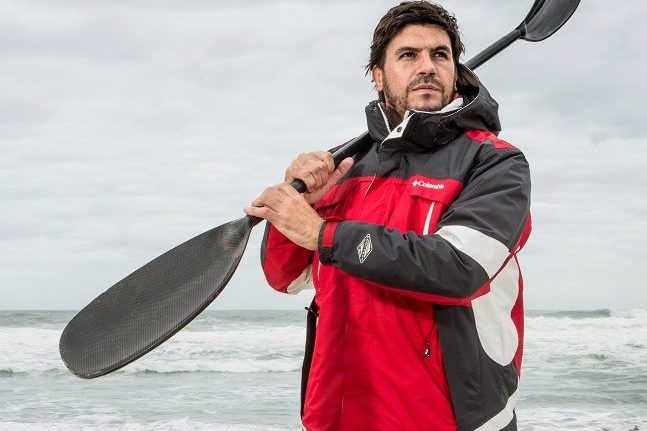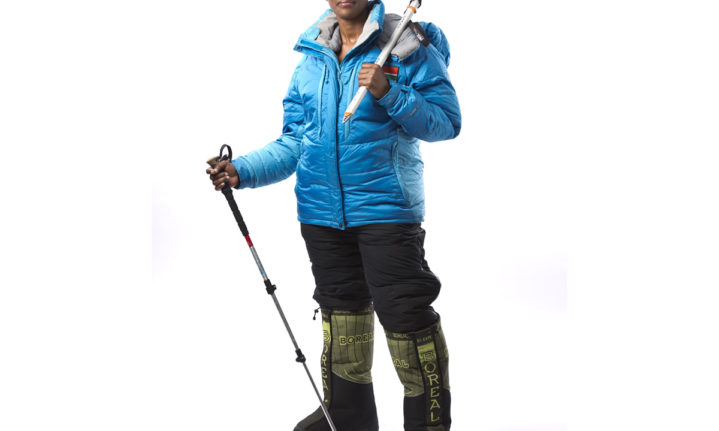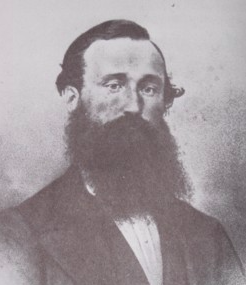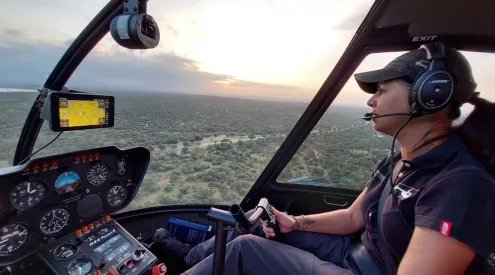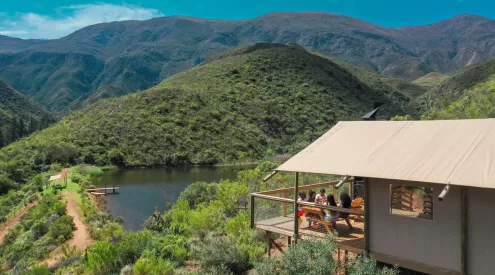By Matthew Sterne
South Africans are made of sturdy stuff. Warriors with pioneering spirits and mampoer running through our veins. Our ancestors were women who could turn a bushel of wheat into baked bread while 11 months pregnant and men who could leap over rivers with a single bound. Today’s explorers and adventurers hailing from the southern tip of Africa would do them proud. Among them, they have an incredible list of achievements and must tell a pretty decent fire-side yarn.
Mike Horn

Put simply, Mike Horn is hardcore. He’s globally acknowledged as one of the world’s greatest modern-day explorers and has a list of quite staggering accomplishments as a solo explorer. Mike says it was the army that taught him about survival, remembering his days in the military service when he was sent to Angola and first witnessed death. “I was only an 18-year-old kid when I discovered one will do anything to stay alive”. His expeditions include;
- A six-month solo traverse of the South American continent. He left on foot from the Pacific Ocean and climbed to the source of the Amazon River high in the Peruvian Andes. From there he descended the 7,000 km of the Amazon River on a hydrospeed, until he reached the Atlantic Ocean. It took him six months.
- In 1999, Mike set off on an 18-month voyage to circle the equator on foot and by sailing. He left Gabon, crossed the Atlantic to Brazil and then travelled through Brazil and Ecuador on bike, canoe and on foot. After that he crossed the Pacific Ocean and traversed Borneo and Sumatra on foot, before crossing the Indian Ocean. To finish the expedition, he crossed the African continent through the Congo and Gabon. This was the first solo circumnavigation of the world around the Equator – unaided and with no engine-driven support.
- Between 2002 and 2004, Mike went around the world on the Arctic Circle solo. It was a solitary voyage of two years and three months without motorised transport on a 20,000 kilometres odyssey travelling through Greenland, Canada, Alaska, Bering Strait and Russian Siberia before he reached North Cape.
- In 2006, in a world-first, Mike set off on a 60-day voyage on skis without dogs or motorised transportation during the Arctic night with Norwegian explorer Børge Ousland in 2006. For two months the pair walked in total darkness, and often on paper-thin ice.
- In 2017, Mike Horn completed the longest ever solo, unsupported north-to-south traverse of Antarctica. A total distance of 5100 km was covered utilising kites and skis in 57 days.
Told you he’s hardcore.
Kingsley Holgate

Born into a missionary family, Holgate’s adventures started at a young age. This led to many journeys with his parents into the wilds of Africa – as far as the old Belgium Congo – that were to plant the seeds for his own epic journeys of discovery.
He’s completed over 30 journeys of exploration (many of them world-firsts) that include: an expedition that traversed the entire outline of the African continent through 33 countries in 449 days; accomplished a south-to-north journey from the Cape of Good Hope to Alexandria and the mouth of the Nile along the waterways of Africa; an east-to-west crossing along the Zambezi and Congo Rivers in the footsteps of early explorers Livingstone and Stanley during the years of civil war in Angola and the Democratic Republic of Congo; followed the Tropic of Capricorn around the world; spent a year sailing a traditional Arab dhow up the east coast of Africa, and in a series of humanitarian and geographic expeditions, embraced all 54 countries on the African continent, including all her island states.
His expedition team has achieved two significant, geographic world-firsts: the discovery of the geographic centre-point of Africa deep in the rainforests of the Republic of Congo, and reaching all seven ‘extreme’ geographic points of the African continent. Along the way, the Kingsley Holgate Foundation was formed, with the humanitarian initiatives of malaria prevention, water purification, and Rite to Sight spectacles for the poor-sighted.
Riaan Manser
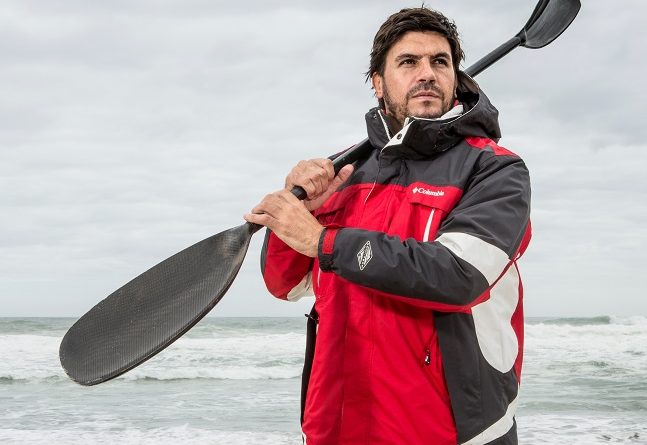
Manser rose to prominence when he became the first person to cycle around the perimeter of Africa, a distance of 37,000 km, through 34 countries over two years and two months. During Manser’s journey he was imprisoned in Equatorial Guinea and was held captive by drugged teenage rebels in Liberia. Upon finishing his ride in 2006, he wrote Around Africa on My Bicycle, which became a bestseller.
In 2009, Manser set another world first when he became the first person to circumnavigate Madagascar, the world’s fourth largest island, by kayak – also alone and unaided. This colossal journey, which saw him paddle 5000km in eleven months, was considerably more demanding, according to Manser. In 2011, he also circumnavigated Iceland in a two-man kayak with Dan Skinstad. His most recent journey, “Take Me 2 New York” started in December 2013 with his long-time girlfriend, Vasti Geldenhuys. They rowed from Morocco, Africa to New York City, USA in an ocean rowing boat alone and unaided.
Saray Khumalo
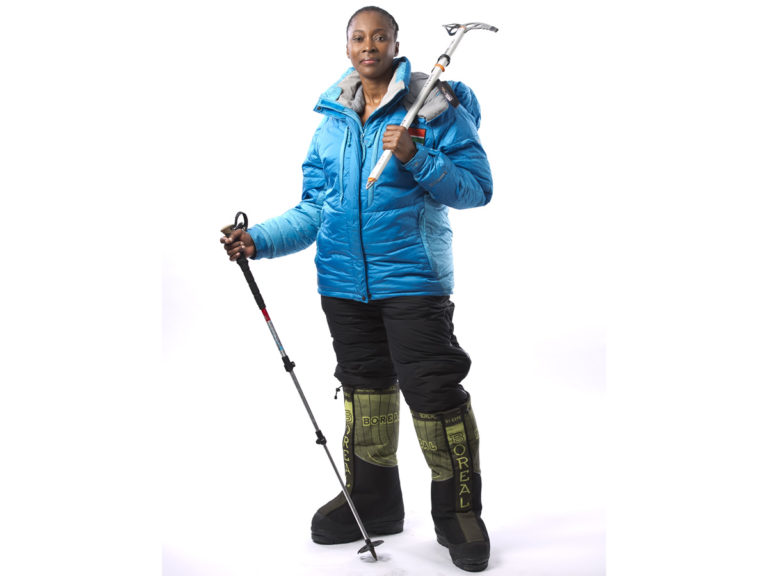
In 2019, Khumalo became the first black African woman to scale Everest. Prior to her success, she had attempted to conquer Mount Everest several times. Her first attempt was in 2014, when she was halted after an avalanche killed 16 guides on the slope. She tried again in 2015, but had to turn back after an earthquake in Nepal. Her final try, before her success, was in 2017 where she was forced to turn back because of the terrible weather. Leading up to her Everest success she had climbed Mt Kilimanjaro (5896m) in Tanzania, Mera Peak (6 476m) in Nepal, Mt Elbrus (5 642m) in southern Russia and Mt Aconcagua (6 980m) in Argentina.
Khumalo has used her climbing exploits to raise money for good causes. So far she has raised money to build gyms and libraries for schools and has recently turned her efforts towards tackling the digital divide between schools.
James Chapman
Born in Cape Town in 1831, James Chapman was a South African explorer, hunter, trader and photographer. In 1849, he settled in Potchefstroom where he became one of the first storekeepers. Shortly after, in 1852, he ventured across the Limpopo River and into Bamangwato country. The following year, he reached the Zambezi River, which he explored to within 110 km of Victoria Falls, almost beating David Livingstone to their discovery.
The next 20 years would see him criss-cross Southern Africa. He travelled north to the Okavango River, became a cattle trader in Damaraland, then set out on a four-year expedition with his brother and Thomas Baines. It was on this expedition that Baines painted many of his famous scenes which were reproduced in an album of prints.
Chapman was later commissioned to capture live animals and compile glossaries of the Bantu languages. He kept diaries throughout his journeys, but his Travels in the Interior of South Africa appeared only in 1868, shortly before his death. He died at Du Toit’s Pan near Kimberley, on 4 February 1872, aged 40 years.










